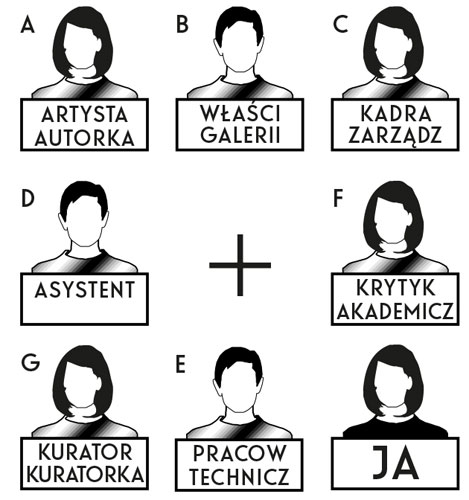At Jagiellonian University in Krakow in 2012, a small protest called “Awaria Uniwersytetu” (The University’s Dysfunction) took place when students realized that they would not be able to continue their studies with the professors they wanted to study with and the programs they were promised. The protest led to some positive changes, such as the continued employment of one of the professors and the salvaging of the majority of the programs. However, one year later the Department of Contemporary Culture (Kultura Wspolczesna) was dissolved, supposedly due to austerity cuts. Still, the idea that students and workers of the university can protest against neoliberal transformation prevailed. A sense of solidarity and resistance against precarity was displayed in an open letter criticizing the mechanical approach to teachers and programs, which, as the students rightly pointed out, cannot be arbitrarily replaced. The protest against the quantitative approach was combined with a wider critique of neoliberalization. I would like to express my gratitude to the students and colleagues at the Department of Contemporary Culture for defending my further employment in these events. There are no words that could do justice to both their involvement and my sense of solidarity and support.
See the website of the Free/Slow University of Warsaw →
Nancy Fraser, “Rethinking the Public Sphere, A Contribution to the Critique of Actually Existing Democracy,”Social Text 25/26 (1992): 56–80.
See, for example, Paweł Markowski, Polityka wrażliwości. Wprowadzenie do humanistyki (Kraków: Wydawnictwo Universitas, 2013).
Gerald Raunig, Factories of Knowledge, Industries of Creativity (Los Angeles: Semiotexte, 2013), 38.
Ibid., 46.
Krystian Szadkowski, “Uniwersytet jako przestrzeń modulacji i molekularnego oporu,” Praktyka Teoretyczna 3.9 (2013).
Raunig, Factories of Knowledge, 9.
Ibid., 11.
Jack (Judith) Halberstam, The Queer Art of Failure (Durham: Duke University Press, 2011), 2.
Gerald Raunig, “What is Critique?: Suspension and Recomposition in Textual and Social Machines,” Trasversal, Aug. 2008 →
Judith Butler and Gayatri Spivak, Who Sings the Nation-State?: Language, Politics, Belonging (Chicago: University of Chicago Press, 2007).
Raunig, Factories of Knowledge, 65.
Gayatri Spivak, A Critique of Postcolonial Reason: Toward a History of the Vanishing Present (Cambridge, MA: Harvard University Press, 1999); Immanuel Wallerstein, European Universalism: The Rhetoric of Power (New York: The New Press, 2006).
See Lisa Duggan, The Twilight of Equality?: Neoliberalism, Cultural Politics, and the Attack on Democracy (New York: Beacon Press, 2003); Judith Levine, Harmful to Minors: The Perils of Protecting Children From Sex (Minneapolis: University of Minneassotta Press, 2002).
Raunig, Factories of Knowledge, 138.
Judith Butler, “Bodily Vulnerability, Coalitions and Street Politics,” in The State of Things, ed. M. Kuzma (Oslo: Office for Contemporary Art Norway, 2012).
This piece is dedicated to my colleagues and students at the Department of Contemporary Culture (Kultura Wspolczesna), Jagiellonian University, which was subject to budget cuts in 2013.
